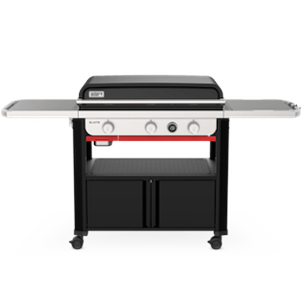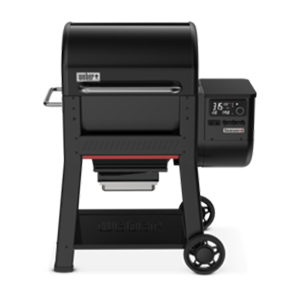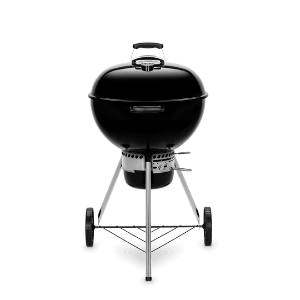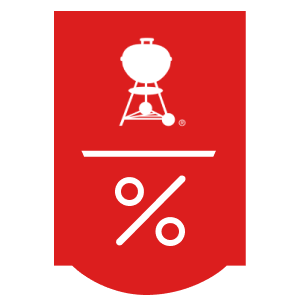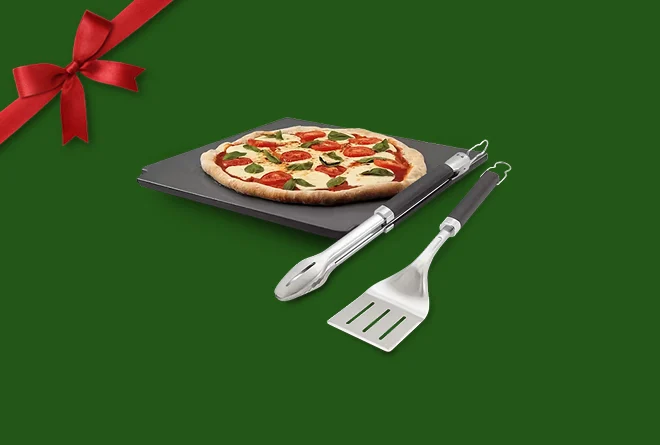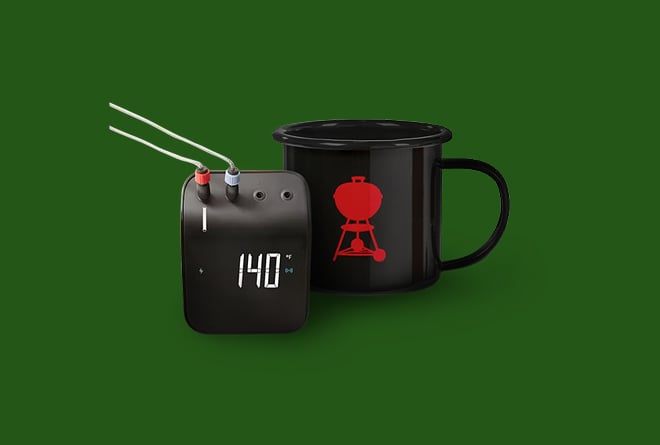DISCOVER WEBER BARBECUES, ACCESSORIES & BBQ GRILL COURSES
Explore the full Weber barbecue range
Why choose a Weber barbecue
Lasting Quality in Every BBQ
With a Weber Grill, you are opting for a premium quality product that will last thanks to the use of durable materials like stainless steel or cast iron, built in a way that ensures your barbecue will withstand the toughest conditions.
Innovative Features for Effortless Grilling
Our advanced technologies and smart features will ensure a smooth and efficient grilling experience. From electronic ignitions to precise temperature controls, Weber Grills give you the tools you need to cook every dish to perfection.
A Grill for Every Space
Whether you want a compact grill that you can take anywhere with you or a large grilling area for barbecues with family and friends in your own garden – at Weber you will find the barbecue that suits you best.
Why buy direct from Weber
Get the most out of your Weber experience
More barbecue fun with Weber: Get a Weber eGift Card as the perfect gift to an enthusiastic barbecue fan or improve your barbecue skills in one of our Grill Academy courses.
Explore the Weber barbecue range
Barbecue like a pro with Weber
